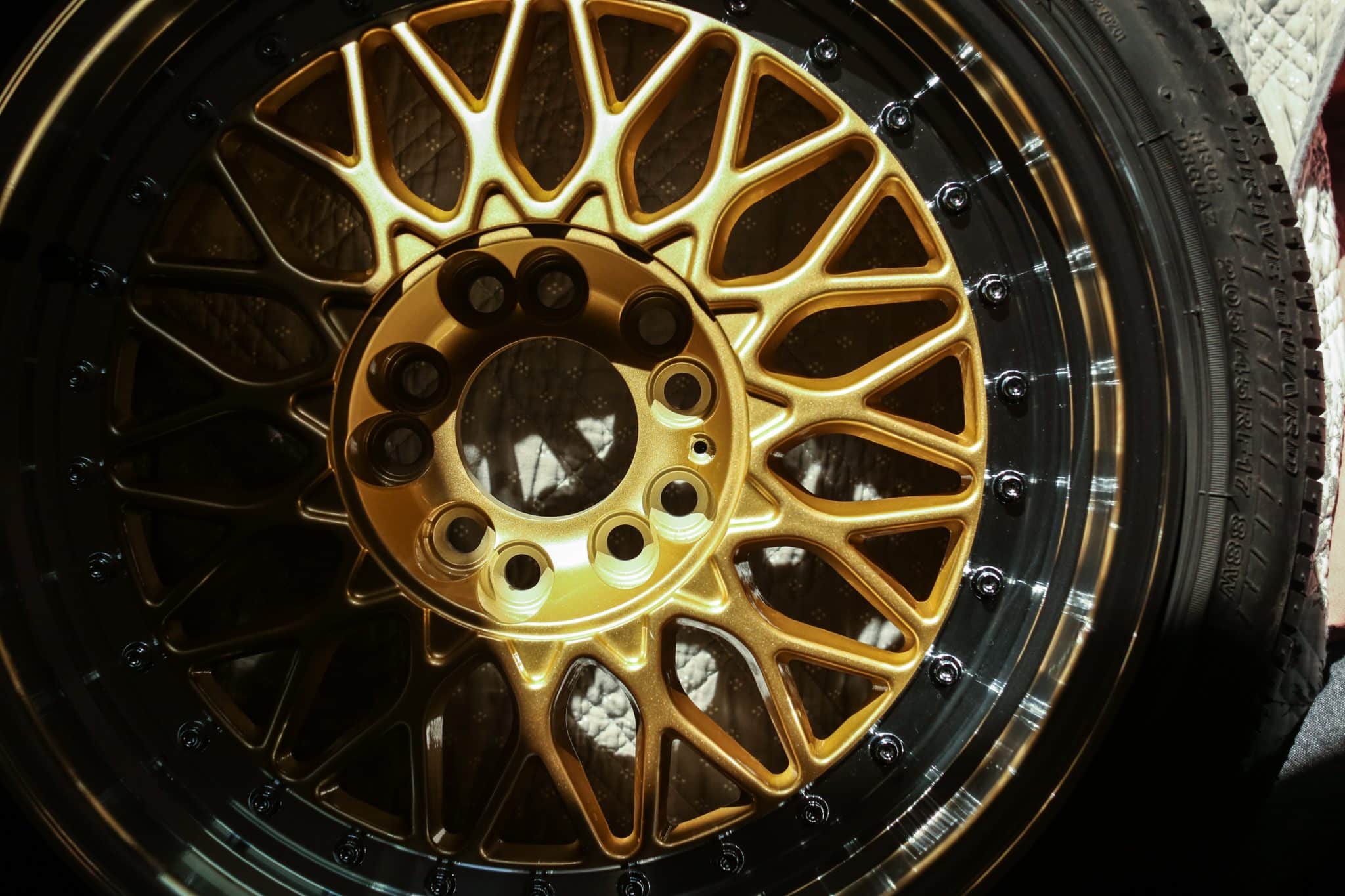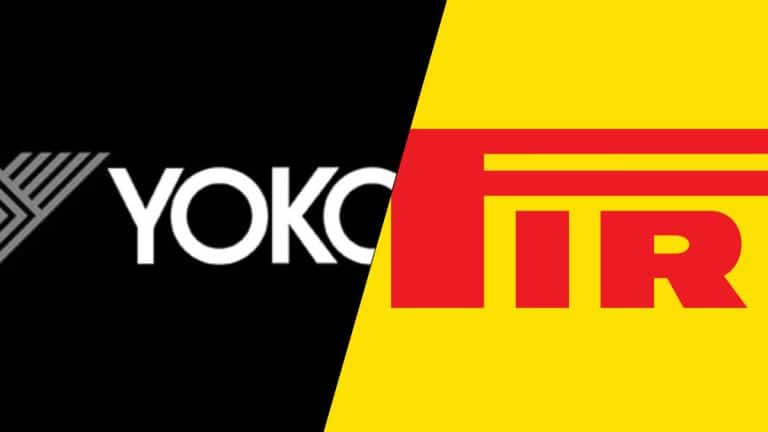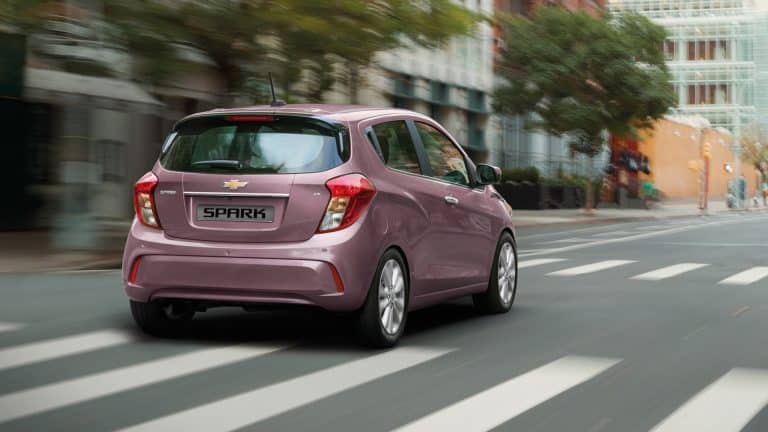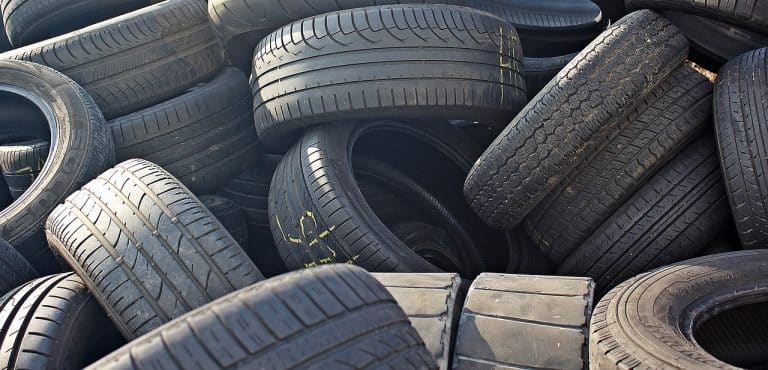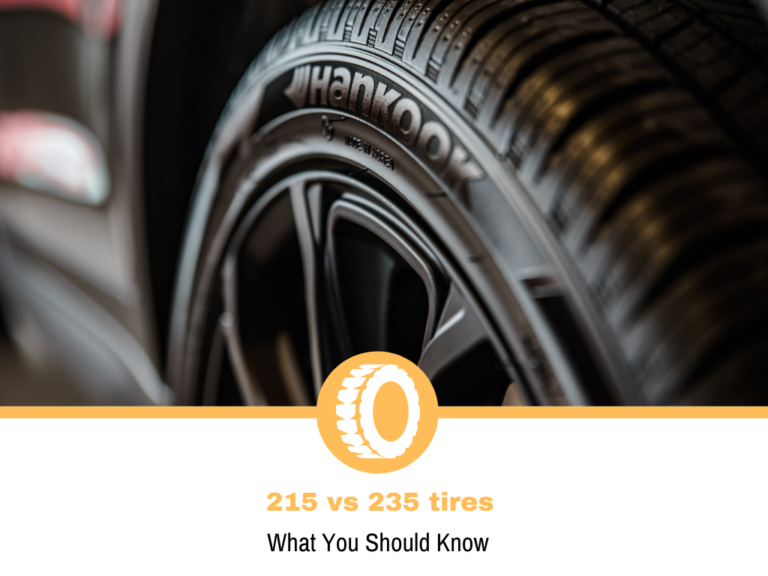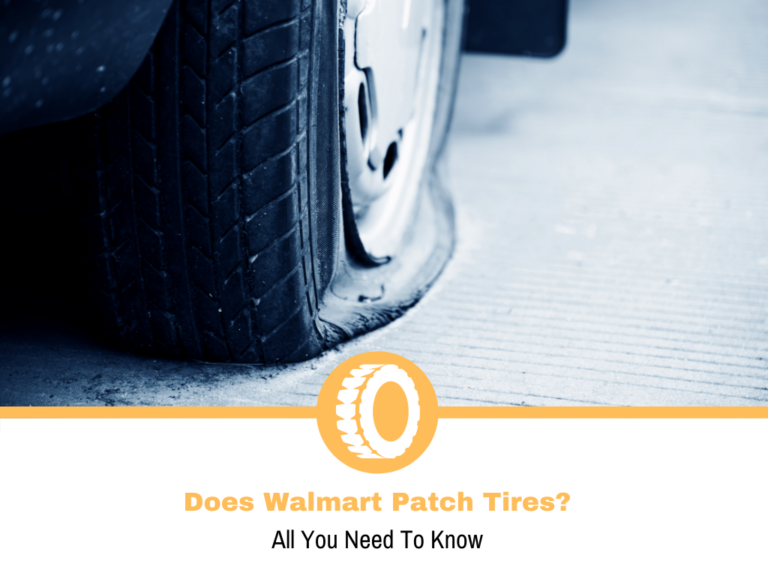Changing Wheel Size Guide
Making modifications to a car makes an enthusiast tick. Tinkering with our cars makes us happy, regardless if it’s to scratch an itch or make some kind of modification that can improve our mechanical friends.
Any kind of change to our cars is a fun project, because we’re aiming to make some improvements, at least in our minds. No matter if we’re doing it from a visual or a functional point of view, this is an adventure that makes us happy, especially if the result is as we imagined.
If you ask me, a good set of wheels can drastically change the look of a car, regardless if we’re talking about a luxury coupe or a shitbox. This is the main reason most enthusiasts go for this modification, as it seems to be the easiest one, especially if you know what you’re doing.
The problem arises whenever we go for wheels that aren’t the same as the original ones. If you’ve read my wheel size guide, you know that there are multiple aspects to a wheel, so any minor modification of each might cause a problem.
This is a perfect guide for those who aren’t well-versed. In this article, I’ll outline all the information about how to change the wheel size and keep your car running as optimally as possible.
Changing the wheel size
Throughout my wheel size guide, I used the size of my Corolla, so to make things simpler for you, I’ll use those again. In this example, we have 5Jx13 ET39, meaning that we have a wheel with 13 inches in diameter, 5 inches in width, and 39 millimeters of positive offset.
There is a direct correlation between the size of the tires and changes on the wheels you make. In my case, I want to replace the current 175/70R13 setup with 195/50R15, meaning that I’ll need to look at this from multiple perspectives.
Looking at the table below, you can see that tires with 175 width are “optimal” for 5-inch wide wheels. The 195 needs an inch more, so I should look at 6-inch wide wheels. Whenever you’re making some drastic changes to one aspect, consider the other one.
In my case, 195 tires will be too wide for 5-inch wheels, so the old steelies will have to go. This gives me some breathing room, enabling me to even go for 205 wheels before I need to consider another change to a wider wheel. I can easily go for 7 or 8-inch wheels and a wide body kit, but this opens the door for additional problems.
Whenever you change the wheels, you need to be mindful of the rest of the components. I’ve seen plenty of stupid choices that resulted in other problems.
Here’s a good example. If you have an upgrade brake kit, larger than the one the car came with from the factory, means that you need to worry about clearance. The inside of the wheel can be damaged if the brake calipers rub on it. This is where the diameter comes into play. I’ve seen setups with millimeters of space between both components, which is fine. You can take some measurements to see which size works best.
Next up we have the width, which can affect two aspects. On the outer side, we have the rubbing problem. Overly wide wheels can “stick” outside the wheel wells so the tires will rub on the fenders. On the inner side, the wheels can be too wide and they and the tires can rub on the suspension components.
| Wheel Width | Minimum Tire Width | Preferred Tire Width | Maximum Tire Width |
| 5.0 inches | 155 mm | 165/175 mm | 185 mm |
| 5.5 inches | 165 mm | 175/185 mm | 195 mm |
| 6.0 inches | 175 mm | 185/195 mm | 205 mm |
| 6.5 inches | 185 mm | 195/205 mm | 215 mm |
| 7.0 inches | 195 mm | 205/215 mm | 225 mm |
| 7.5 inches | 205 mm | 215/225 mm | 235 mm |
| 8.0 inches | 215 mm | 225/235 mm | 245 mm |
| 8.5 inches | 225 mm | 235/245 mm | 255 mm |
| 9.0 inches | 235 mm | 245/255 mm | 265 mm |
| 9.5 inches | 245 mm | 255/265 mm | 275 mm |
| 10.0 inches | 255 mm | 265/275 mm | 285 mm |
| 10.5 inches | 265 mm | 275/285 mm | 295 mm |
| 11.0 inches | 275 mm | 285/295 mm | 305 mm |
| 11.5 inches | 285 mm | 295/305 mm | 315 mm |
| 12.0 inches | 295 mm | 305/315 mm | 325 mm |
| 12.5 inches | 305 mm | 315/325 mm | 335 mm |
Changing the other parameters of the wheels
With the size aside, let’s look at the other sides of the wheels. You can change these with no issues, but for some of them, things can be a bit more complicated than you think.
Starting off with the offset, we’re looking at the most commonly modified aspect. A positive offset will push the wheels inward, so the problem with the rubbing will be avoided. With that said, the wheels may interfere with the suspension components. Pushing the offset more into the negative numbers will keep the wheel away from the suspension components, but will push the wheels outward, which can cause rubbing. In terms of the offset, it’s important to balance things out to ensure that the inner or outer side of the wheel won’t cause any issues.
One thing that the offset and width may change is the scrub radius. This is the area that usually flies under the radar, and many people neglect it, but it’s essential in terms of handling and stability.
The scrub radius is determined by where the line of the suspension and the middle of the wheel meet. Naturally, you’d have to draw an imaginary line for this, but every car has it because the suspension is at an angle, and there will be a point where both will cross paths.
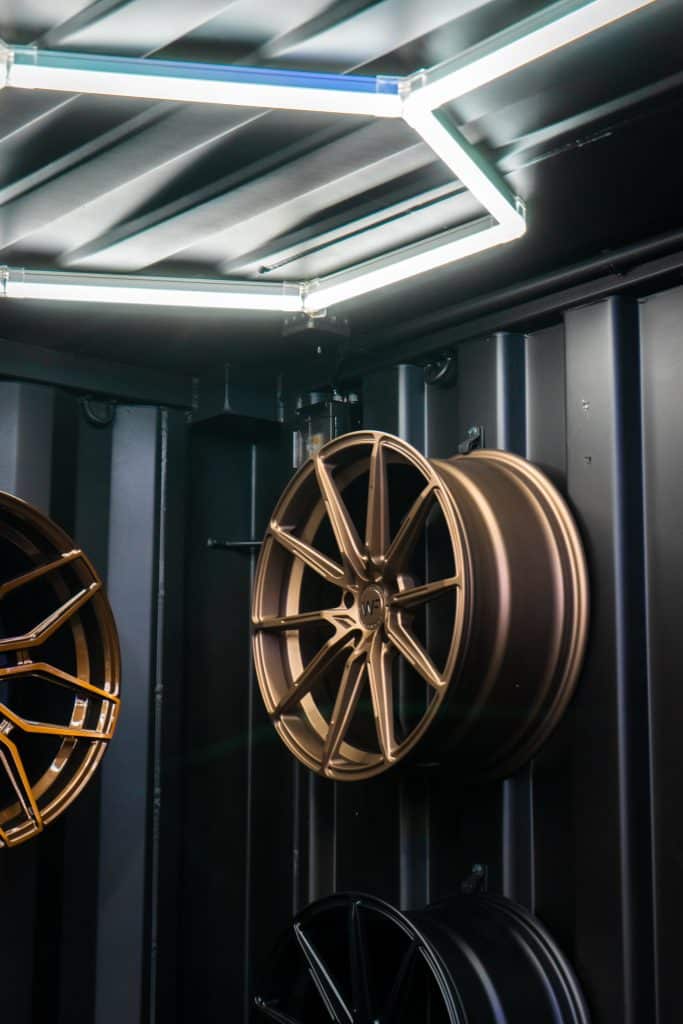
As a reference point, you take the one where the tire touches the road, and if the scrub radius point is below that, then it’s positive, if it’s above that, it’s negative, while it is negative if it’s on the same spot. Both the negative and positive scrub radiuses have pros and cons. Each car is set up differently from the factory, so try not to mess too much if you don’t want to change how it drives. I would suggest consulting with a professional if you’re not sure.
Now let’s look at the center bore. With each car, the center bore is designed by the car manufacturer to match some of the wheel options on the market. As far as changing is concerned, a wheel with a smaller bore won’t sit right. Going for a larger one won’t be a massive issue, but it’s not ideal.
The bolts will keep the wheel on the hub, which is what you need. With that said, I’ve experienced some situations with minor vibrations from that, so thread carefully here. Ideally, you’d want the center bore to be the same diameter as the original wheels. This is the only aspect I’d advise you not to tinker with.
As part of my bolt pattern guide, I outlined several ways in which you can change. I cannot find too many situations where this is justified, but for the sake of this guide, let’s say you have a valid reason for this. There are two options – going for adapters or custom wheel hubs.
The first solution can cause additional fitment issues because the adapters are in essence spacers, pushing the wheels outward. You can compensate for this with the offset, but I think that it’s too much hassle. The second option is to go with custom-fabricated hubs. You won’t have any issues with the fitment, but the overall project can get quite costly. The main question here is “is it worth it?”.
Conclusion
If you’re not well-versed in this industry, reading this guide may not make a lot of sense. It may seem so for the untrained eye, but if you pay closer attention to each aspect of a wheel, making changes shouldn’t be an issue.
When talking about wheel upgrades, whenever you decide to change one aspect of it, you’ll need to consider the others. Besides this, the link between the wheels and tires means that you’ll need to look at the tires. Getting this combination right is essential for the best fitment without massive problems.
As always, if you’re ever in a pinch and struggling to get things right, feel free to reach out to us. As enthusiasts and professionals in the area, we’d be more than happy to help you out.
